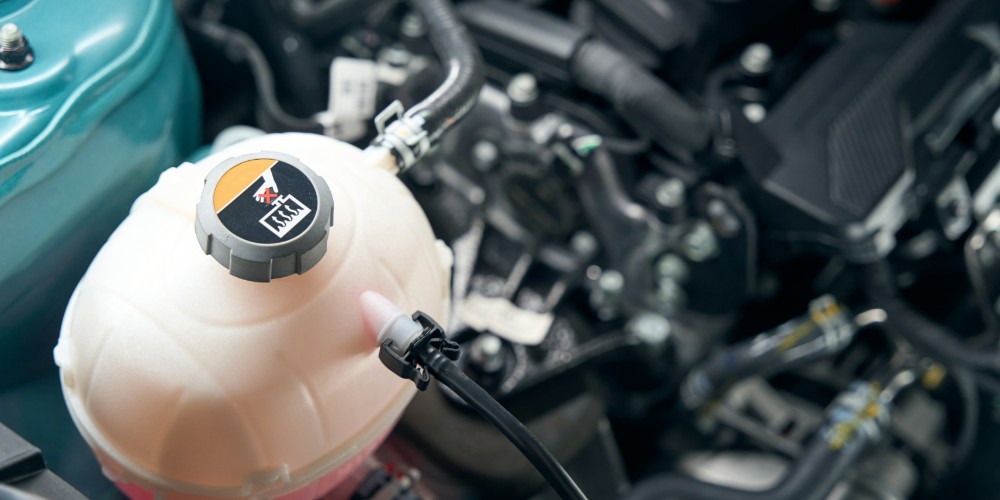Being a car guarantor involves more than just putting a signature on a document. It means vouching for someone’s financial credibility and agreeing to step in if they default. This creates a deeper connection between the guarantor and the borrower, particularly if they share a personal relationship outside the financial agreement. However, like any relationship, disagreements can arise, leading to strains and tensions. Here’s how financial disagreements can strain this relationship.
Potential reasons for disagreement
1. Missed repayments: This is perhaps the most obvious reason. If the borrower misses a repayment, the guarantor may have to shoulder the financial burden. This can lead to frustration and resentment, especially if the guarantor feels they were not forewarned or if they believe the borrower is being careless about their responsibilities.
2. Miscommunication: If the borrower does not keep the guarantor informed about their financial situation or any potential difficulties they might face in making repayments, it can lead to mistrust.
3. Differing expectations: The borrower might have assumed that the guarantor was happy to cover a few payments, while the guarantor might have thought their role was purely as a backup, for use in extreme cases only.
Impacts on personal relationships
1. Eroded trust: Financial disagreements can lead to a breakdown of trust, especially if either party feels they were misled or if promises are broken.
2. Increased tension: Regular disagreements or confrontations about financial matters can lead to increased tension, making it challenging to maintain a harmonious relationship.
3. Avoidance: To avoid confrontations, either party may start avoiding the other, which can lead to further alienation.
🚗 Read more: What risks come with guarantor car finance?
Handling financial disagreements
1. Open communication: As with any relationship, open communication is crucial. Regularly discussing finances and any potential issues can help to mitigate misunderstandings and disagreements.
2. Set clear expectations: Before entering into a guarantor agreement, both parties should have a clear understanding of their roles and expectations. It’s a good idea to discuss different scenarios and decide on how they will be handled.
3. Seek professional advice: If the borrower is struggling with repayments, it might be beneficial to seek financial advice or explore other repayment options. This can help ease the burden and avoid putting the guarantor in a challenging position.
🚗 You might like this guide: Important questions to ask your guarantor.
Preventing future strains
1. Reevaluate the agreement: If disagreements have arisen, it might be worth reevaluating the agreement to ensure it still works for both parties.
2. Establish boundaries: While being understanding is essential, it’s also necessary to set boundaries. This means the borrower should not consistently rely on the guarantor to cover repayments and should take responsibility for their financial commitments.
3. Stay informed: Keeping abreast of each other’s financial situation can help prevent surprises. Regular check-ins and updates can be beneficial.
While being a guarantor can be an act of goodwill and trust, it comes with its set of challenges. Financial disagreements can indeed strain the relationship between the guarantor and the borrower. By understanding potential pitfalls and taking proactive steps to address them, both parties can ensure that their relationship remains strong, and financial agreements are upheld.





